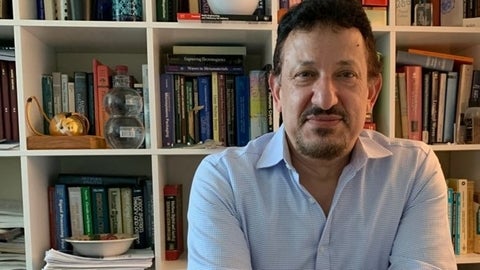Waterloo Engineering researchers have paired inexpensive wireless communication antennas with artificial intelligence (AI) to improve how doctors can detect bone fractures.
Led by Dr. Omar Ramahi, an electrical and computer engineering professor, the team has created a new system to detect bone fractures that is fast, accurate and safe.
Determining bone fractures using traditional diagnostic methods such as x-rays, computed tomography (CT) scans, and magnetic resonance imaging (MRI) takes time — such equipment is not readily available in ambulances or primary care facilities and, with health care services in high demand, many people have to wait for an x-ray or scan once they arrive at the hospital.
The new system delivers a faster, safer, more portable and cost-effective alternative to what currently exists.
“Our method is safer because it doesn’t expose patients to radiation or interfere with any medical devices in their bodies,” said Ramahi. “It’s also easy to transport, making it suitable for all people and situations, from elite athletes on the field to elderly nursing home residents to unconscious emergency room patients.”
Go to AI-powered antenna revolutionizes bone fracture diagnosis for the full story.
